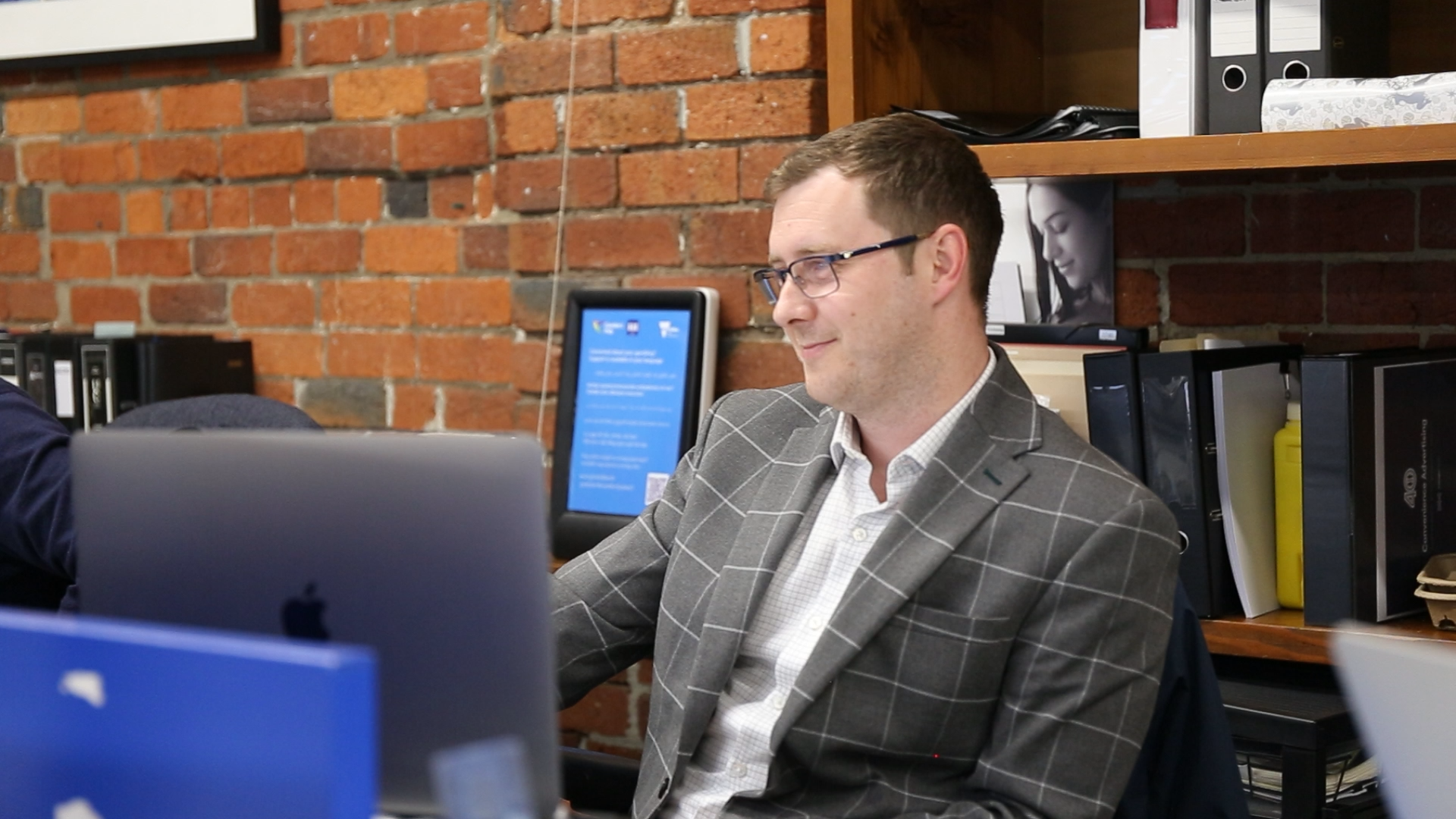

The secret to effective audience engagement and behaviour change: Q&A with Georgie Harman, Beyond Blue CEO
Why has bathroom advertising been such an effective public communications channel for Beyond Blue over the last 15 years?
Convenience Advertising has been an incredibly effective channel for Beyond Blue over the last 15 years, because you're everywhere. Together, we’ve been taking positive messages out to the community about mental health, encouraging help seeking, smashing stigma, educating people, changing attitudes and behaviours.
Your bathroom network remains our most effective messaging channel. We know that people go to our website. We know that people call our support service as a direct result of seeing our communication messages through your network.
I remember when I first joined Beyond Blue, a friend said jokingly to me, Georgie… I can't even go to the toilet without Beyond Blue being literally in my face. What we've been doing is incredibly effective.
We're here to drive early intervention to prevent depression and anxiety, but more importantly, to be there for people when they become unwell. We do that for free and around the clock. And the support of Convenience Advertising, your enduring support, your passion for what we do is absolutely clear to me and to our team.
We're incredibly grateful for your support, for your encouragement, for your networks, for your expertise.
Our campaigns have changed lives and I'm sure saved lives too.
Why is it important to have the ability to segment Beyond Blue’s messages to a specific audience?
Depression and anxiety affect all of us in different ways. So the message for a young mum who might be experiencing perinatal depression, or her partner, messages for young men who might be drinking a little bit too much, they're so different.
The motivations, the things that will connect to those people and encourage them to think about how they're going to know that supports are out there, and to know that those supports are personalised for their situations is really important.
That's where the segmentation of our messages through your channels has been incredibly effective. So you know, parenting bathrooms, messages on coasters for men in pubs, these are the things that have really worked. We've been far more nuanced as a result of our partnership.
Why does the privacy of the bathroom environment make it an ideal medium for communicating a sensitive mental health message?
The privacy of a bathroom, you know, that cubicle where you're perhaps stopping for a bit and you're looking up and you're reading a message that's possibly going to connect with you in ways that you know others won't. And just the time that you've got to sit and read that message and to perhaps even scan a QR code and to really think and dwell on what that message is saying and how it connects with you. That is really important in our work.
You're not going to do that necessarily at a bus stop with others around you. You're not going to necessarily do that in a busy retail environment.
I've received many comments over the years, in my decade at Beyond Blue about how people saw our messages, through your networks and actually contacted Beyond Blue, which changed their lives.
More insights:
 How CA have reshaped the power of attention, accountability, and data in public health messaging. With projects like DonateLife and metrics like aCPM, Peter highlights why Bathroom Advertising is stronger than ever.Read more
How CA have reshaped the power of attention, accountability, and data in public health messaging. With projects like DonateLife and metrics like aCPM, Peter highlights why Bathroom Advertising is stronger than ever.Read more
How data, seasonality and context influence more effective suicide prevention communication
Suicide risk peaks in warmer months and is higher in men, young women, and remote areas. Targeted messaging with QR codes provides discreet access to support when it’s most needed.Read more
Where Age, Attention, and Behaviour Meet on Our Roads
As Australia ages, road safety risks evolve. Paired with ongoing behaviours like distraction and impaired driving, targeted messaging in high-attention environments becomes essential for driving safer choices.Read more
